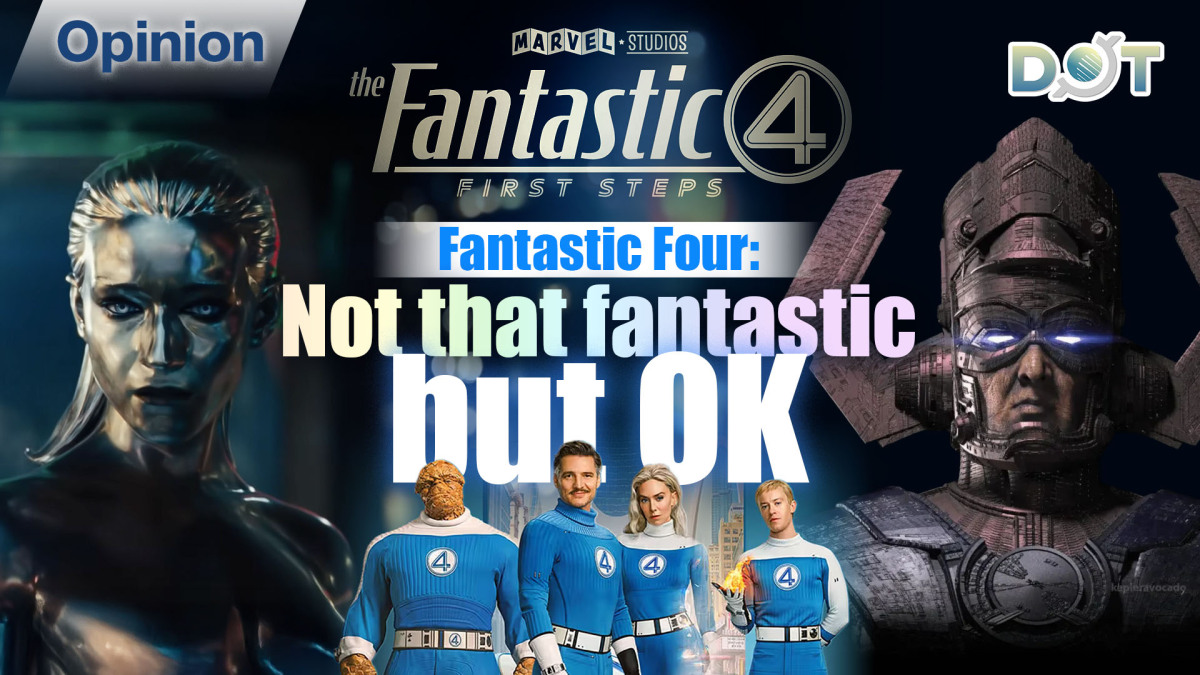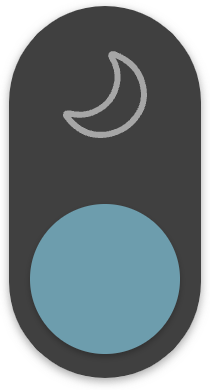
By Darius
As a highly iconic IP, The Fantastic Four has been remade multiple times in recent years. The core team of this IP consists of four members: Mr. Fantastic, who possesses a rubber-like, stretchable body and a brilliant mind; the Invisible Woman, who can render herself or other objects invisible and project force fields; the Thing, a rock-skinned, immensely strong and durable powerhouse; and the Human Torch, who can engulf himself in flames and fly at high speeds. Among them, Mr. Fantastic and the Invisible Woman are married, the Thing is Mr. Fantastic's old friend, and the Human Torch is the Invisible Woman's younger brother.
At first glance, this setup embodies the classic "family" dynamic that older superhero stories often favored. Unlike teams where members start as strangers and gradually form unbreakable bonds, these four are a real family. However, in today's cinematic landscape, perfectly executing this well-trodden theme is no easy task. Balancing four heroes with vastly different powers and personalities, ensuring each has individual appeal while still functioning as a cohesive unit, and managing their screen time—all of which are easier said than done.
For me, the most memorable Fantastic Four adaptation remains the 2005 film and its 2007 sequel. I first discovered this IP through a TV on-demand program, where I was introduced to the four protagonists and their nemesis, Doctor Doom. I was quite satisfied with these two films, but that satisfaction led to a greater disappointment a decade later—the 2015 reboot. Excited to see it, I walked out utterly let down by its weak plot and controversial casting choices.
Now, another decade has passed, and a new Fantastic Four film arrived in 2025. After watching it, my verdict is this: take the average of the 2005 and 2015 films' scores, and that's where this one lands—passable, but nothing extraordinary.
Mild spoilers ahead:
In the classic 2005 and 2007 films, the Fantastic Four typically faced off against villains like Doctor Doom and the cosmic entity Galactus. This new film's trailers already hinted at Galactus' looming presence over New York, confirming his role as the antagonist. As a godlike cosmic being, Galactus wields unimaginable power—his theoretical strength could rival Thanos with the Infinity Gauntlet or Dormammu, who forced Doctor Strange into a time-loop sacrifice. Thus, my biggest concern was how the film would portray his overwhelming might while still allowing the heroes a believable victory.
Unfortunately, this aspect left me deeply disappointed. Galactus' defeat was practically single-handedly orchestrated by the Invisible Woman (women's power, I guess?). Were it not for a last-minute assist from a defecting Silver Surfer, I might've started questioning whether Galactus could even win a one-on-one fight. The final battle lacked spectacle—big in scale but devoid of creativity, feeling more like a Japanese tokusatsu Ultraman vs. Kaiju showdown.
The difference is, Ultraman and his foes are usually on the same level, whereas here, Galactus—who should be capable of moving the whole planet—was defeated as unbelievably as an adult losing to a cockroach. Honestly, if Galactus is this weak, then our Earth has nothing to worry about. His intimidation factor peaked in the film's middle act, only to fizzle out by the climax, reduced to just glaring menacingly and scanning the city. The other three team members were practically sidelined, serving as little more than accessories. For a superhero blockbuster, this was far from satisfying.
Additionally, while the story flows smoothly, it's also extremely straightforward—no twists, just linear progression. This minimizes the risk of narrative missteps but also eliminates any chance of standing out. Audiences are already familiar with the four heroes' powers, and longtime fans even know the villains inside out, so the film couldn't rely on the novelty of lesser-known characters (like Thunderbolts* did with its antihero dynamics). As a result, transitional scenes mostly consisted of team banter—charming and warm, but can only provied limited effort to deepen character development or leave a lasting impression.
Now, onto the positives. The film's visual design is striking, with impressive sci-fi aesthetics and character designs faithful to the comics. Unlike the 2005 version, this film doesn't burden the heroes with pre-existing struggles—Mr. Fantastic isn't financially strained, he and the Invisible Woman aren't estranged, the Thing isn't ostracized from his family, and the Human Torch isn't an immature a-hole or troublemaker. All four are portrayed as near-flawless, almost devoid of personal darkness.
The best sequence is the mid-film negotiation and space chase, which stands as the movie's most imaginative segment. The dynamic between the female Silver Surfer and the Human Torch is also a highlight—Joseph Quinn's Johnny (the Torch's real name) showcases his wit, charm, and reliability, ultimately persuading the Surfer to switch sides and deliver the finishing blow. Unlike Chris Evans' motor-mouthed 2005 version, Quinn's portrayal is playful yet thoughtful, optimistic yet dependable, and his chemistry with the Thing (Ebon Moss-Bachrach) delivers plenty of laughs. Meanwhile, the female Silver Surfer's sleek, elegant design—her fluid movements and striking appearance—won over many viewers.
In short, I wouldn't recommend going in with high expectations for this narratively and imaginatively lukewarm film. But if you approach it casually, you might find certain aspects—not the whole package, but some moments—genuinely endearing.
P.S. Don't ask me about the 2015 version—I don't wanna remember it.
Related News:
Journalist's Hands-on Experience | After Thunderbolts*: When will superheroes return?




















Comment